Revisiting an earlier post ~ Looking back at my innocent young children in these pictures, I can see how fast time flies. My daughters are all grown up, married, with darling little babies and children!
Nowadays, families are stressed, often rushing from activity to activity, with over-full schedules and lots of pressure. Parents are anxious to keep their children entertained and hate their children to “be bored”. May I encourage you to make free play a priority?
Charlotte Mason said,
“Children should be free in their play. Boys and girls must have time to invent episodes, carry on adventures, live heroic lives, lay sieges and carry forts, even if the fortress be an old armchair; and in these affairs the elders must neither meddle nor make.” Rights of Children as Persons (Vol.3 Chapter 4)
Moms, may I urge you to relax and nurture your children’s freedom and allow them creative white space. Don’t over-plan their days. Don’t add too many outings, excursions, activities, sports and cultural events to your schedule. Leave at least 1 day open in your week and stay at home. Let them just play!
When my girls were young, they would play with creativity and enthusiasm for hours. They often acted out scenes from our read alouds, DVDs and classic stories like “Anne of Green Gables”, “Little Princess”, “Emma” by Jane Austen and “Little Women”.
They loved to play using dress up clothes. They have wonderful olden-days games with bonnets and pinafores, or an American Indian squaw dress, or a corset and long skirt. They also enjoyed playing as spies, policemen and adventurers. They spent hours playing with Polly Pockets and Legos, creating beautiful scenes and stories.
Boys love capes, a bow and quiver with arrows, a cowboy hat and chaps, or belts with swords. A hand-made knight’s armor is a young boy’s delight! Nothing quite beats giving children a large piece of cloth to create a tepee or tent. Very young children love to simply play with water or sand (or both!) while mom watches.
Offer your children items to stimulate creative play, problem solving and building, such as a tool box with appropriate tools, a length of rope with a book on knotting, a compass, a magnifying glass, a treasure box, a special crossbody bag to keep special things in, a bug box, etc. Encourage them to learn to ride scooters, bikes and roller skates. Let them learn to skip, play hopscotch, throw balls at hoops, and skim rocks on water.
Go outdoors with your children every day, if possible. If you don’t have a garden or lawn, then try to visit a local botanical garden or a play park, and find a safe place for nature walks, or go the beach. Outdoor time is restorative for children who are hard-wired to move, run, push, pull, climb, spin, crawl and scream. They need opportunities to be in fresh air and sunshine, rain and mud, wind and peaceful surroundings. They need to develop their muscles, learn challenging skills, solve problems, play out their wild imaginations. They need to relax, pretend and play — it is the job of a child!
Moms, outdoor time is good for you too — a mom’s tired body and soul finds a moment of respite. Cultivate a gentle awareness while keeping an ear and eye on the children while you drink some tea, read, draw or knit. Please, stay off your phone. It is distracting and intrusive and shuts you off from being available to witness your children play. Avoid taking charge, playing “policeman” or listening to tittle-tattlers, and definitely do not teach, instruct or intrude in any way. Avoid offering praise. Soon, your children will find their momentum and play freely.
Jesus said, “Let the children come to me.” He loves them for their innocence and simplicity. We are granting them such a precious gift when we let the children play.
Wishing you and your families the joy of play! Blessings, Nadene
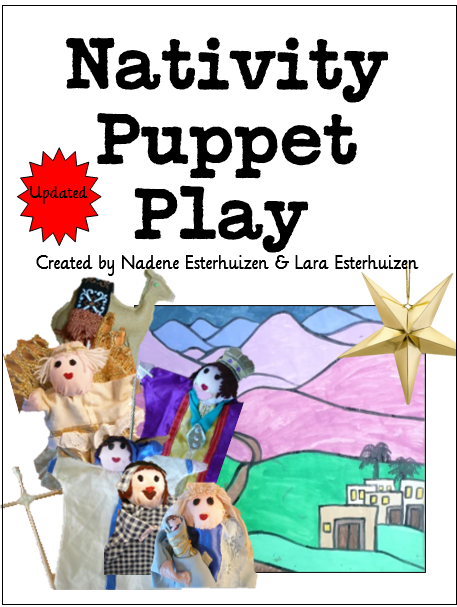
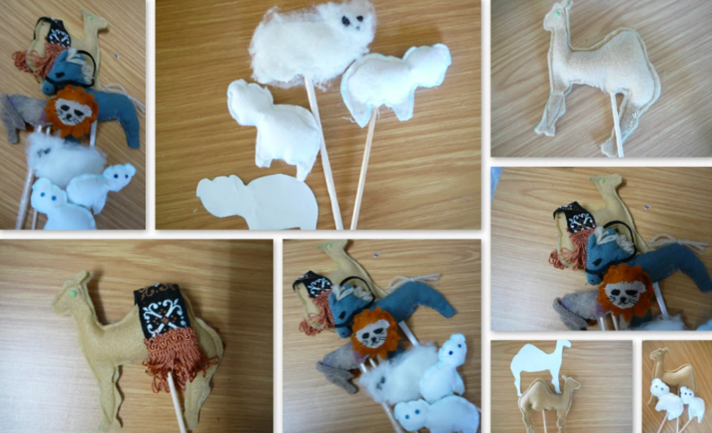
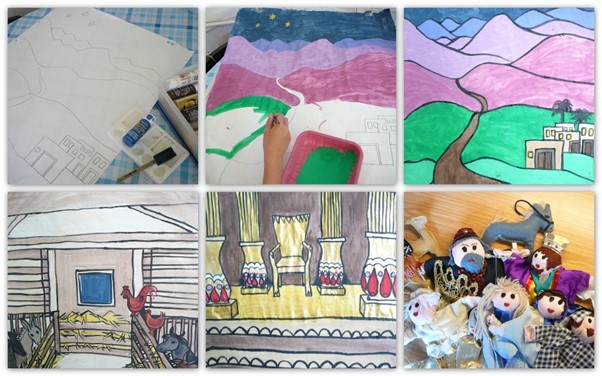
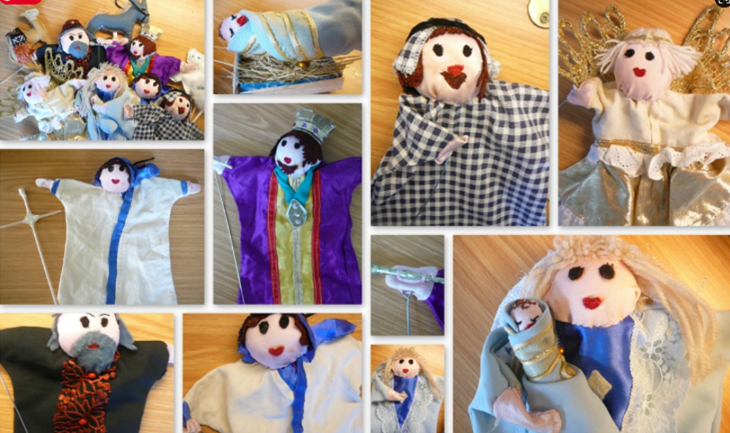

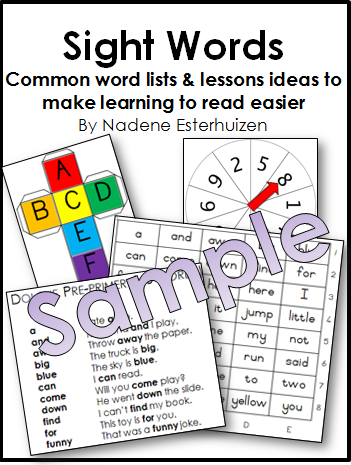
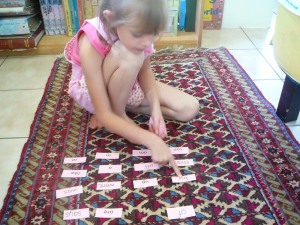

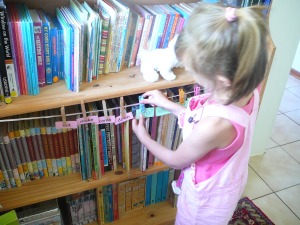
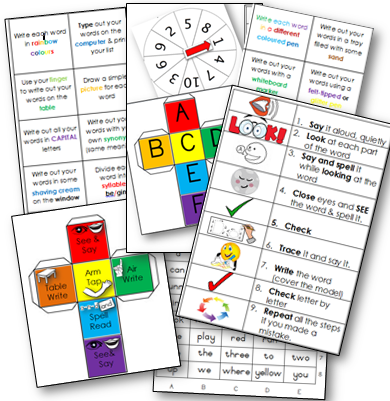
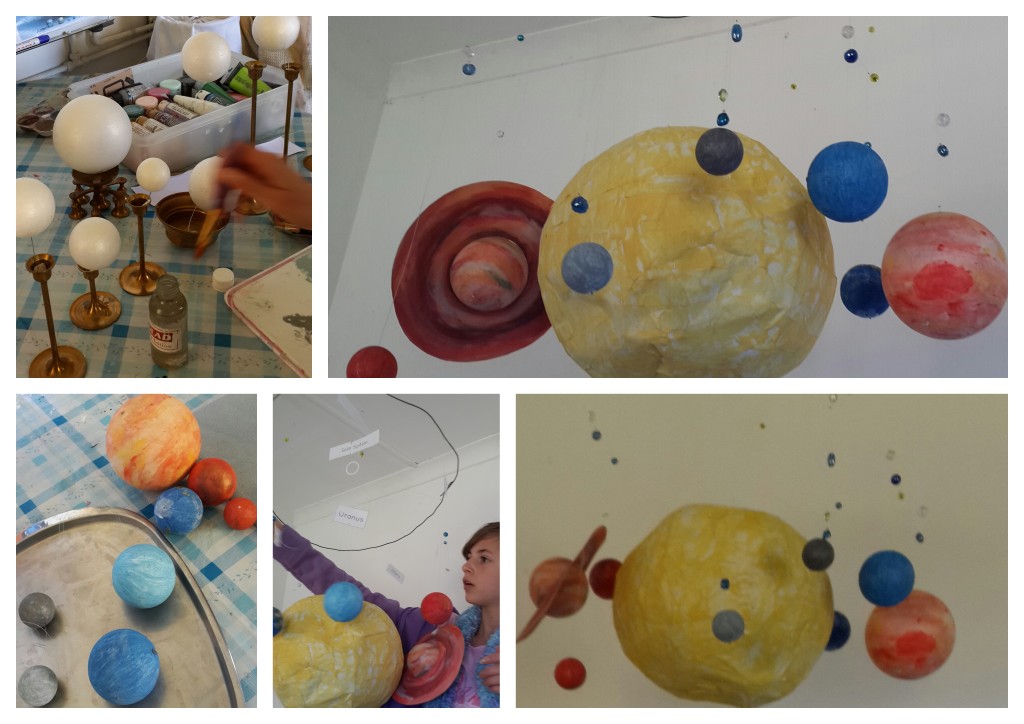
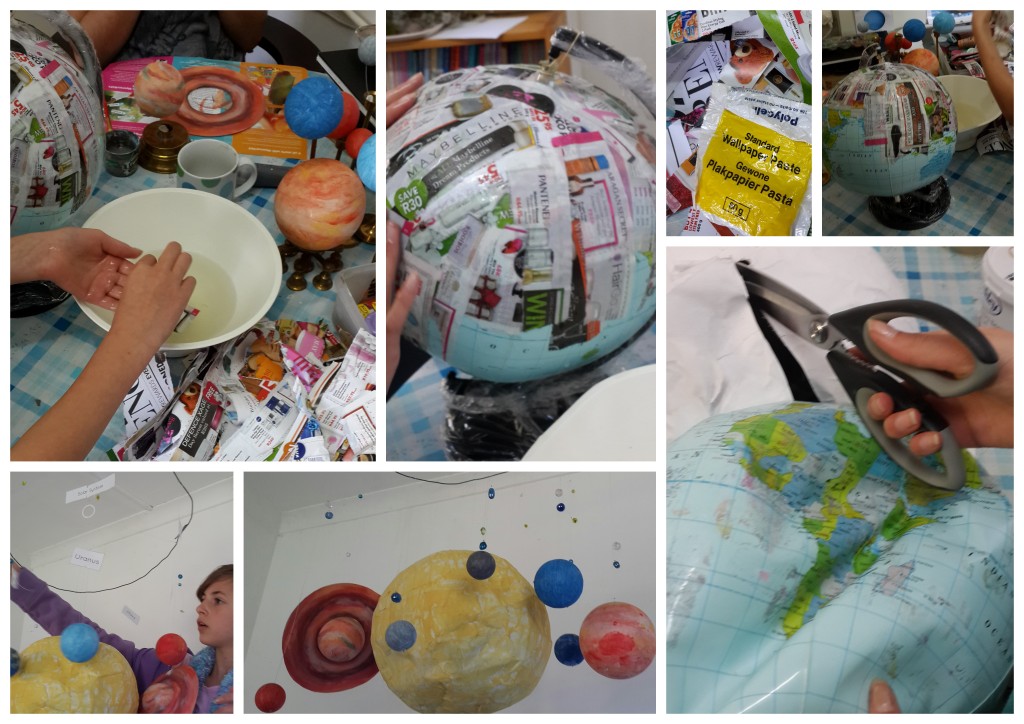
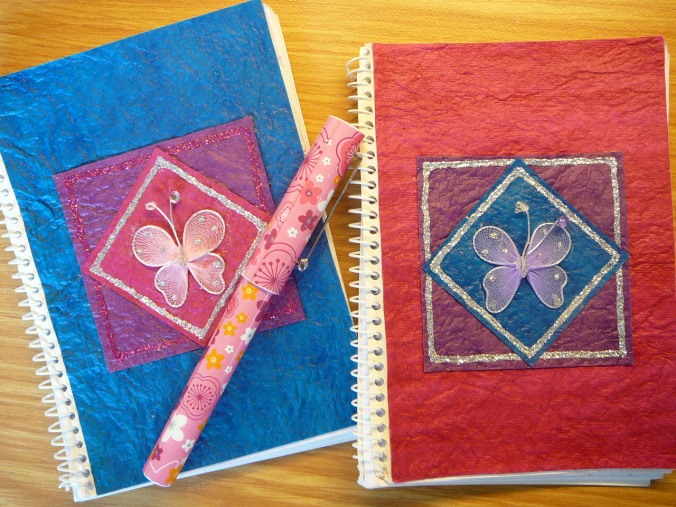



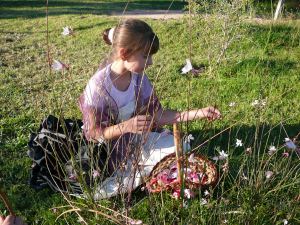
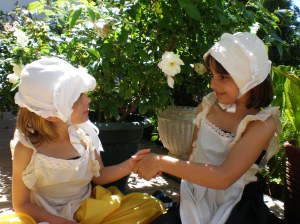

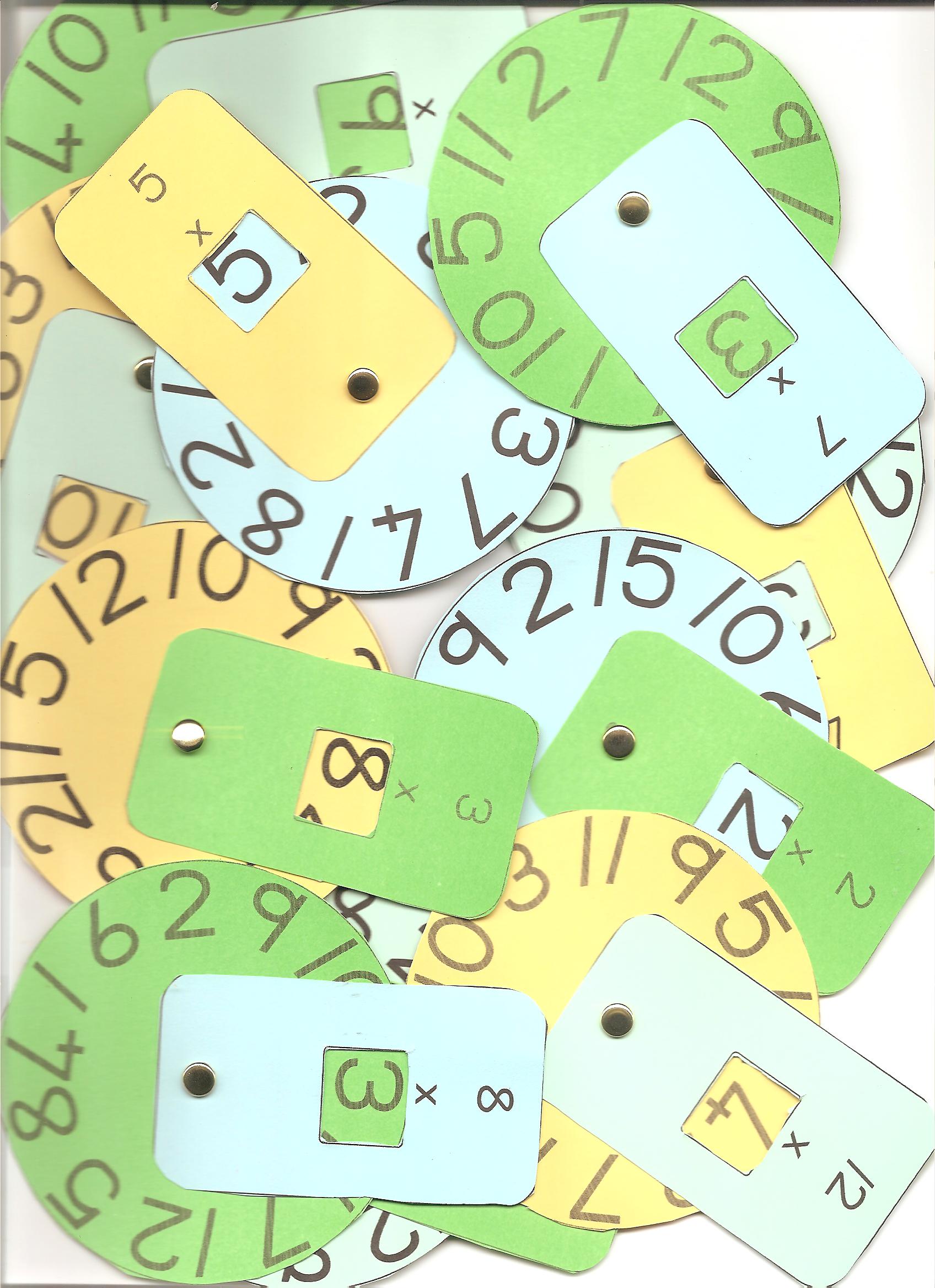

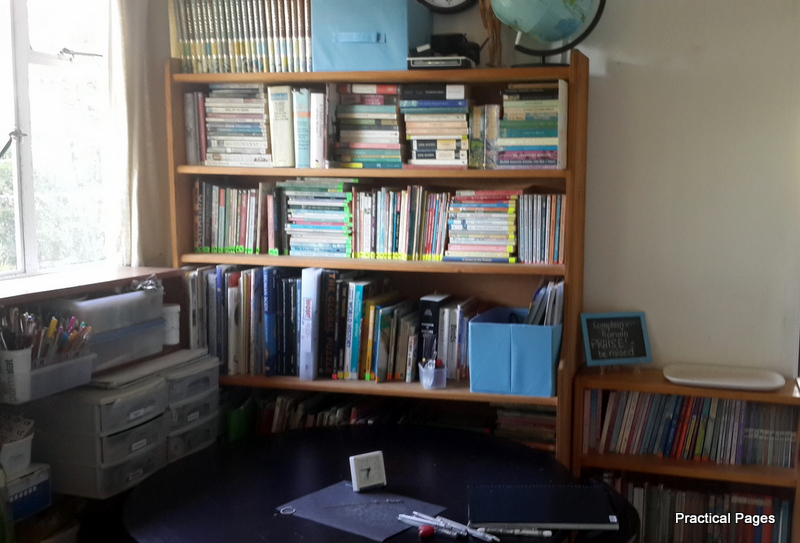


You must be logged in to post a comment.